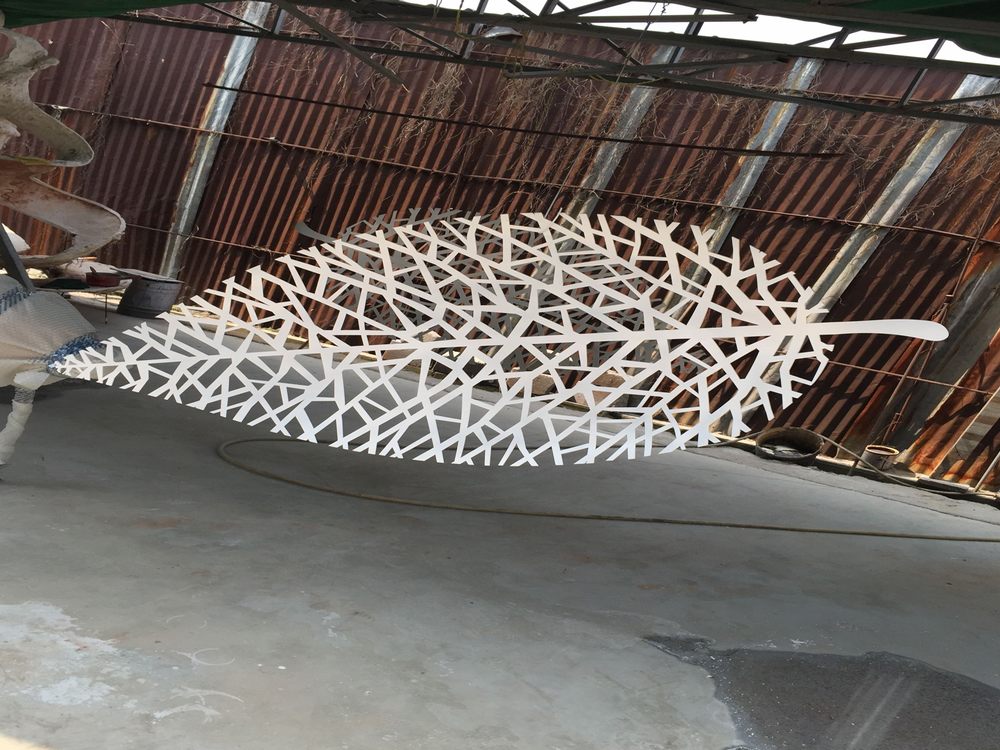
In the realm of contemporary sculpture, artists are increasingly exploring the intersection of stone and sound, transforming static installations into dynamic sensory experiences. Sculptors employ a variety of techniques to integrate acoustics into their stone works, often leveraging the natural resonant properties of specific materials like marble, limestone, or basalt.
One approach involves carefully hollowing out sections of stone to create chambered spaces that amplify or modulate sound. These cavities act as natural resonators, allowing the sculpture to interact with environmental noises or produce subtle harmonics when touched. Some artists even embed small openings or channels that whistle with wind, turning the piece into a giant stone instrument.
Another innovative method is the strategic placement of stones to create sound-reflective environments. Large-scale installations may use precisely angled surfaces to bounce and distort sounds, crafting site-specific acoustic landscapes. Modern sculptors sometimes combine stone with hidden speakers or vibration motors to produce controlled sonic elements, blurring the line between natural and technological sound sources.
The most compelling works invite audience participation - stones that sing when stroked, or arrangements that transform footsteps into melodic patterns. This fusion of tactile mineral surfaces with ephemeral sound creates a powerful contrast between permanence and transience, redefining what stone sculpture can achieve. Through these acoustic innovations, sculptors are expanding the traditional boundaries of their medium, offering viewers not just something to see, but something to hear and feel.

